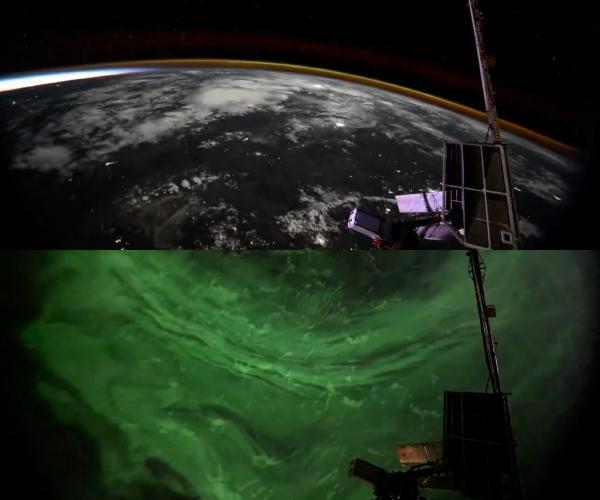
Sunbird Rocket May Reach Mars in 6 Months, Pluto in 4 Years: Report
The quest for faster and more efficient space travel has been an ongoing challenge for scientists and engineers. While traditional propulsion systems have made significant progress, a UK-based startup, Pulsar Fusion, is taking a bold step forward with the development of Sunbird, a nuclear fusion rocket that promises to revolutionize space travel. According to recent reports, Sunbird is capable of reaching incredible speeds of 8,05,000 km/h, which could drastically cut travel time to other planets and celestial bodies.
In an era where space agencies and private companies are pushing the boundaries of space exploration, Pulsar Fusion’s Sunbird is a game-changer. The company is building a nuclear fusion rocket that could potentially make interplanetary travel faster and more accessible. With Sunbird, the journey to Mars could be reduced from several months to just six months, while Pluto, which takes about nine years to reach with current technology, could be reached in just four years.
The potential implications of Sunbird’s capabilities are immense. For one, it could enable more frequent and sustainable human exploration of the solar system. With the ability to travel faster and farther, scientists could collect more data, conduct more extensive research, and expand our understanding of the universe. Additionally, Sunbird’s advanced propulsion system could pave the way for more ambitious missions, such as establishing a human settlement on Mars or even exploring beyond our solar system.
So, how does Sunbird work? The answer lies in nuclear fusion, a process that combines atomic nuclei to release vast amounts of energy. Fusion reactions have the potential to produce more energy than traditional chemical reactions, making them an attractive option for space propulsion. Pulsar Fusion’s Sunbird is designed to harness this energy, using a unique combination of magnetic confinement and inertial confinement to create a stable and controlled fusion reaction.
The benefits of Sunbird’s nuclear fusion propulsion system are numerous. For one, it eliminates the need for heavy fuel tanks, which are a significant constraint on space travel. Additionally, the system is more efficient, producing more thrust while consuming less energy. This means that Sunbird could potentially travel farther and faster than traditional rockets, making it an ideal candidate for deep space missions.
Despite the potential of Sunbird, there are still significant challenges to overcome. One of the biggest hurdles is size. Sunbird’s nuclear reactor and fusion chamber are massive, requiring a significant amount of space and resources to build and maintain. Additionally, controlling the fusion reaction is a complex task, requiring precise temperature and pressure control to ensure a stable and efficient reaction.
Despite these challenges, Pulsar Fusion is committed to overcoming them. The company has announced plans to demo Sunbird in 2027, with the goal of proving the technology’s viability. While there is still much work to be done, the potential rewards are significant. Sunbird’s nuclear fusion propulsion system could revolutionize space travel, enabling faster and more efficient exploration of the solar system and beyond.
In conclusion, Pulsar Fusion’s Sunbird is an exciting development in the field of space exploration. With its nuclear fusion propulsion system, Sunbird has the potential to make interplanetary travel faster and more accessible. While there are still significant challenges to overcome, the rewards are significant, and the potential implications of Sunbird’s capabilities are immense.
Source:






